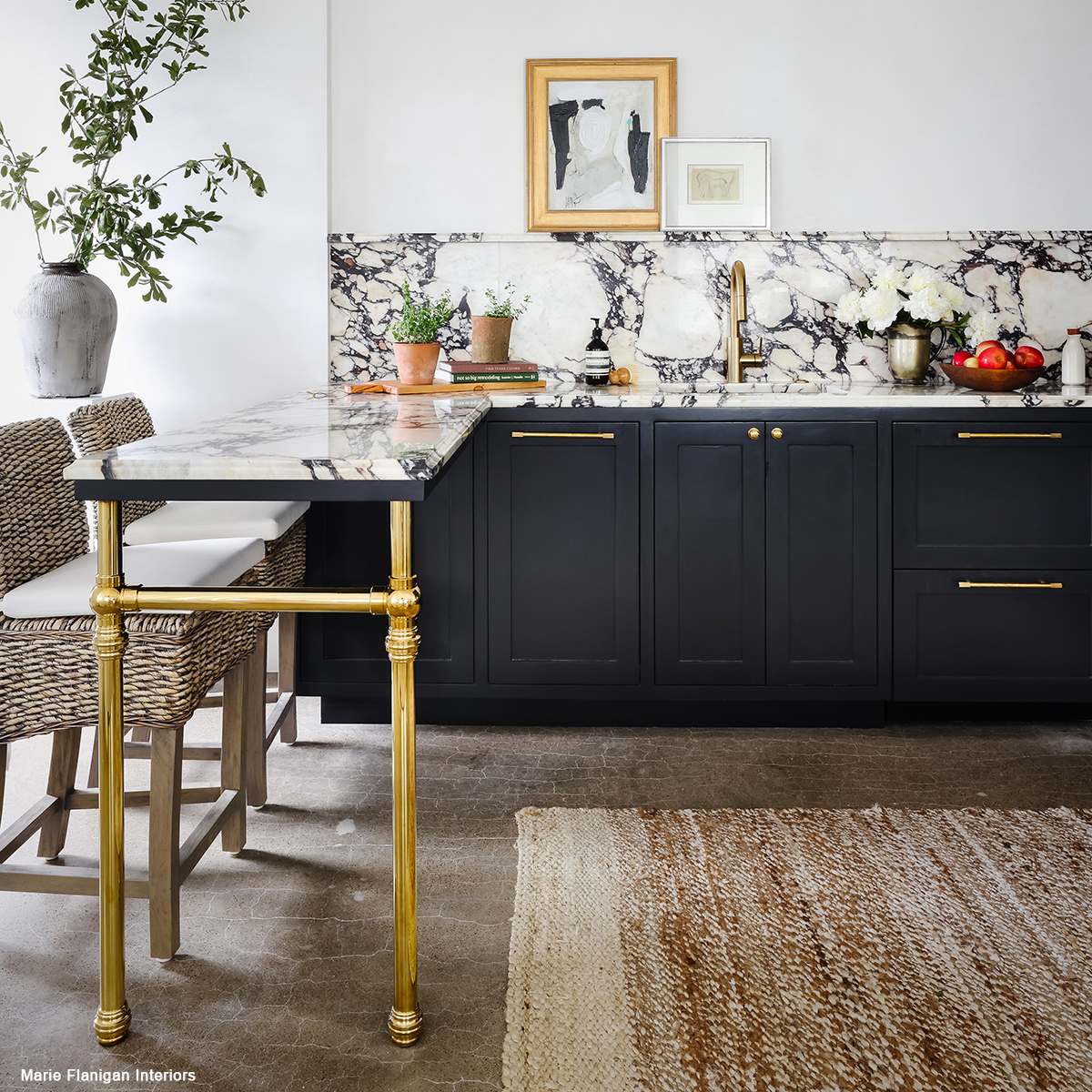Raise Your Space with Fashionable Legs For Kitchen Island Styles
Raise Your Space with Fashionable Legs For Kitchen Island Styles
Blog Article
Essential Elements to Take Into Consideration When Selecting Legs For Kitchen Island
Selecting the proper legs for a kitchen island involves a mindful assessment of numerous factors that can substantially influence both performance and visual charm. As we discover these elements, it ends up being clear that each choice can have far-ranging effects for the total kitchen experience.
Product Options
When choosing legs for a cooking area island, comprehending the different product alternatives is necessary for accomplishing both aesthetic allure and structural stability (Legs For Kitchen Island). The selection of material significantly influences not only the resilience of the island but likewise its total design and functionality
Steel legs, commonly made from stainless steel or functioned iron, add a modern and commercial feel while guaranteeing resilience and stability. These products are immune to use and can support substantial weight, making them ideal for bigger islands.
One more choice is engineered products, like MDF or plywood, which can be a lot more economical while still providing a range of finishes. Nonetheless, they might not offer the same degree of stability as strong timber or metal. Materials such as acrylic or glass can produce a contemporary look, though they may call for extra assistance to make sure stability.
Inevitably, the choice of product for kitchen area island legs should straighten with the desired capability and the overall motif of the kitchen.
Design And Style

When taking into consideration design, the form and surface of the legs are vital. Tapered legs can offer a sense of lightness and elegance, while thicker, more durable legs can share toughness and security. Furthermore, the finish-- be it painted, tarnished, or all-natural-- must match the cabinetry and countertop products to develop a unified look.
Furthermore, the design of the legs can additionally show personal taste. Personalized or attractive legs, such as those featuring intricate makings or special geometric shapes, can act as prime focus, adding character and individuality to the kitchen area. Ultimately, the appropriate option will not just improve functionality yet likewise elevate the visual charm, making the kitchen island a standout function of the home.
Height Factors To Consider
Selecting the appropriate elevation for kitchen island legs is crucial, as it straight impacts both capability and comfort. The standard elevation for a kitchen island typically varies from 36 to 42 inches, aligning with usual counter top elevations. A 36-inch height is ideal for cooking and cooking, enabling comfy use of kitchen area devices and tools. On the other hand, an elevation of 42 inches is frequently favored for islands intended for bar seats, suiting taller stools and using an informal dining experience.

It is additionally vital to account for customers' heights and choices. Personalizing the elevation can make sure a comfortable experience for all household members, making the kitchen area island a more useful and pleasurable room.
Weight Support
Making sure adequate weight assistance for kitchen island legs is crucial for both safety and security and performance. The cooking area island frequently offers multiple functions, consisting of food preparation, eating, and additional storage, demanding a robust support framework. When picking legs, it is essential to take into consideration the overall weight capability needed based upon the island's intended use and the products that will certainly be positioned on it.
The option of product for the legs plays a substantial role in their weight-bearing abilities. Strong timber, steel, and heavy-duty composites normally give superior stamina compared to lighter products. In addition, the layout of the legs-- whether they are straight, tapered, or have a pedestal form-- can influence their capability to disperse weight properly throughout the framework.
Moreover, the leg placement ought to be tactically planned to improve security. Legs placed at the edges or with a bigger base can better support much heavier lots. Always consult the maker's specs pertaining to lots restrictions to ensure that the legs can maintain the desired weight without endangering safety and security. In recap, picking cooking area island legs with ample weight site web assistance is crucial for developing a secure and practical culinary space.
Setup and Maintenance
Correct setup and upkeep of kitchen island legs are essential for guaranteeing long life and stability. This commonly involves protecting the legs to the island base making use of suitable bolts, ensuring that the legs are level and straightened.
Once set up, normal upkeep is required to maintain the honesty and appearance of the legs - Legs For Kitchen Island. For wooden legs, routine cleaning with a damp fabric and application of ideal wood polish can stop dampness damage and maintain their surface. Steel legs might require a gentle cleaning option to get rid of grease and grime, complied with by a completely dry towel to avoid rust formation
Furthermore, check the legs consistently click to investigate for indicators of wear or damages, such as splits or loosened joints. Tightening up screws or screws as required can likewise extend the life expectancy of the legs. By adhering to these setup and maintenance practices, home owners can ensure that their kitchen island continues to be tough and aesthetically appealing for many years to find.
Final Thought

Visual comprehensibility is extremely important in selecting the style and design of legs for a kitchen island, as these aspects considerably affect the general atmosphere of the area. Conical legs can supply a feeling of agility and sophistication, while thicker, a lot more durable legs can communicate stamina and security.Selecting the suitable height for kitchen area island legs is important, as it directly impacts both functionality and comfort. In recap, picking cooking area island legs with ample weight assistance is necessary for producing a functional and safe cooking area.
In final thought, selecting legs for a kitchen island demands mindful factor to consider of different elements, including product choices, style, elevation, weight assistance, and setup.
Report this page